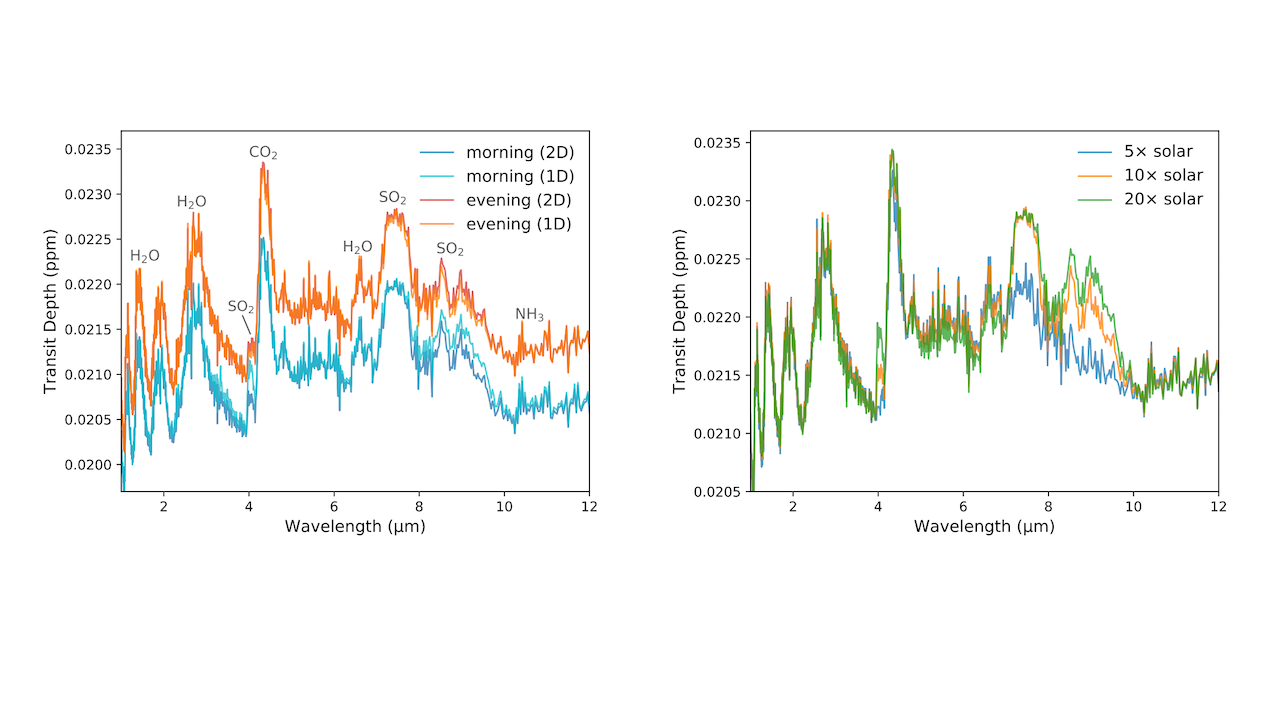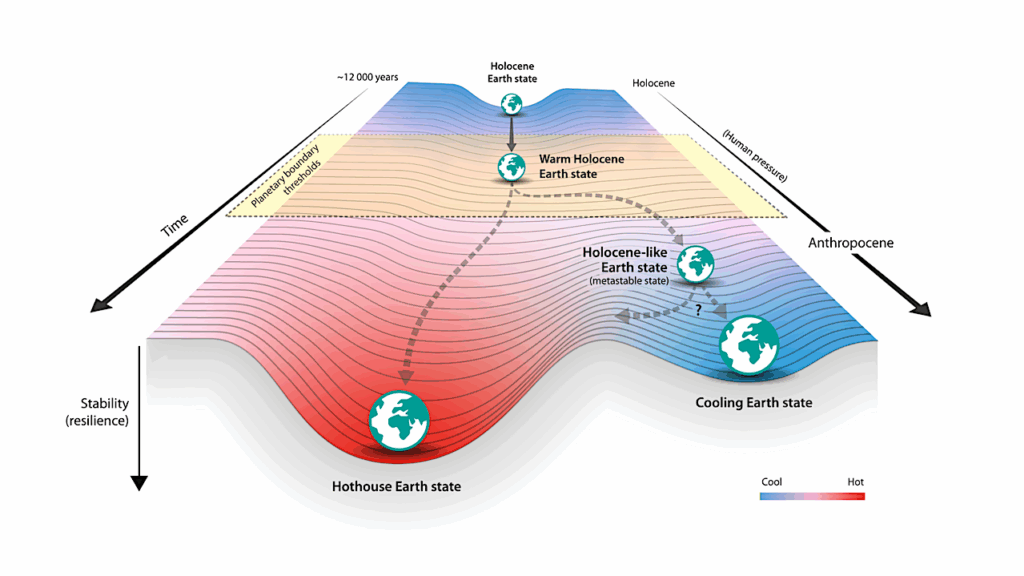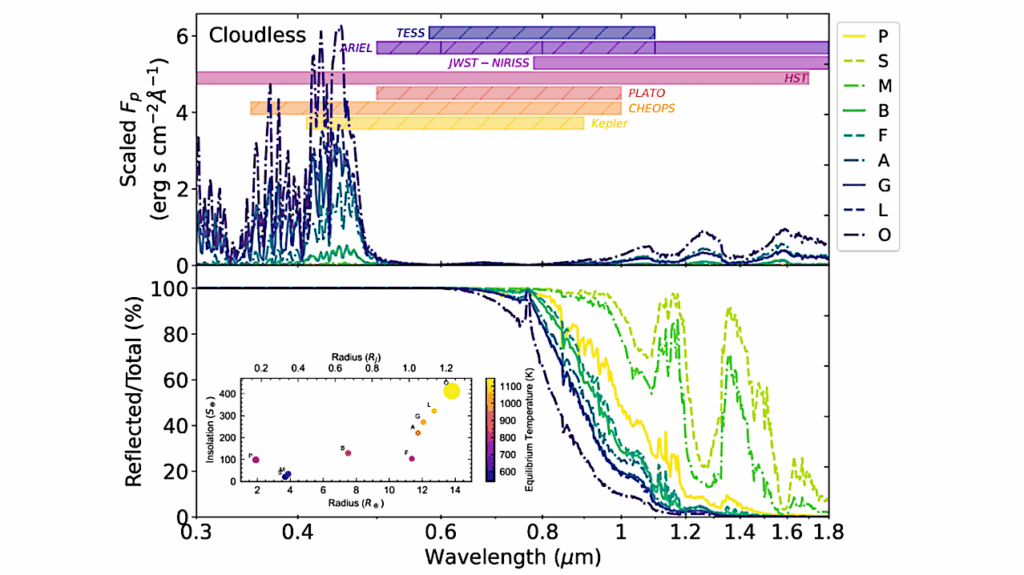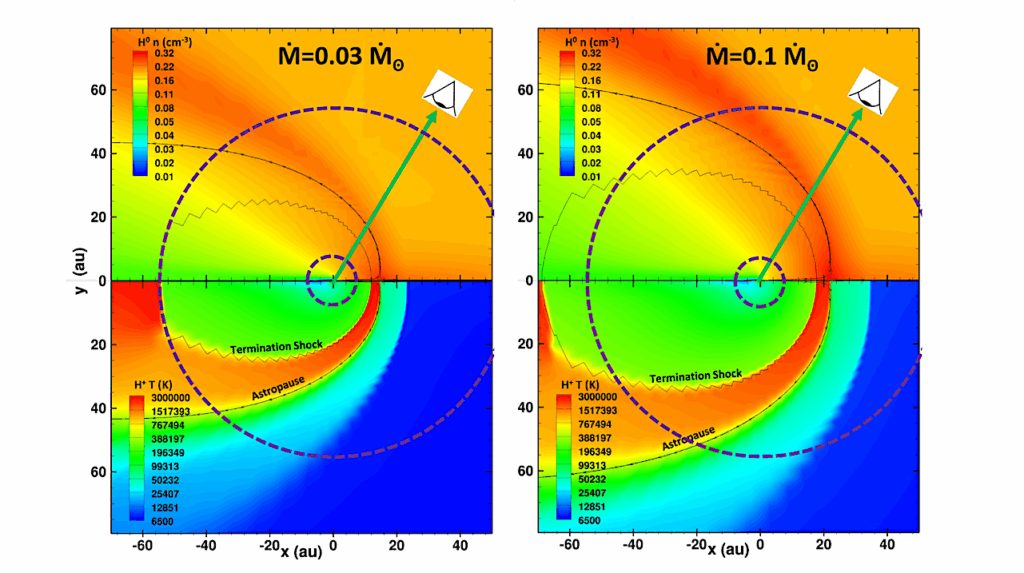Day-night Transport Induced Chemistry And Clouds On WASP-39b I: Gas-phase Composition

JWST has recently detected the first robust photochemical product on an exoplanet: sulfur dioxide (SO2) on WASP-39b (Rustamkulov et al. 2023; Alderson et al. 2023; Tsai et al. 2023b).
The data from the NIRISS instrument also reveal signs of partial coverage of clouds (Feinstein et al. 2023). Most of the previous studies have focused on interpreting spectral data with 1D models. To explore how the chemical species and cloud particles are altered by global circulation, we applied a 2D photochemical model and a 2D microphysical cloud model separately to post-process the thermal and dynamical structures simulated by a 3D general circulation model (GCM) of WASP-39b. We found that SO2 produced by photochemistry on the dayside can be transported to the nightside owing to the efficient replenishment of horizontal transport.
The morning-evening limb differences in methane (CH4) abundances predicted by the 1D models disappeared after horizontal transport is included. Similarly, the inclusion of horizontal transport also reduced the limb differences in SO2. Our modeling results suggest that the fast zonal wind results in minimal or negligible limb asymmetry in composition.
Based on the synthetic spectra generated by our 2D atmosphere simulations, we propose that observing SO2 absorption in the emission spectra of WASP-39b at different phases may offer opportunities to probe the horizontal quenching process of photochemical products. We will focus on the gas-phase chemistry in this paper and leave the results regarding clouds in the subsequent paper as part of the series.
Shang-Min Tsai, Julianne I. Moses, Diana Powell, Elspeth K.H. Lee
Comments: 10 pages, 6 figures, submitted to ApJL
Subjects: Earth and Planetary Astrophysics (astro-ph.EP)
Cite as: arXiv:2305.19403 [astro-ph.EP] (or arXiv:2305.19403v1 [astro-ph.EP] for this version)
Submission history From: Shang-Min Tsai
[v1] Tue, 30 May 2023 20:34:23 UTC (1,035 KB)
https://arxiv.org/abs/2305.19403
Astrobiology








